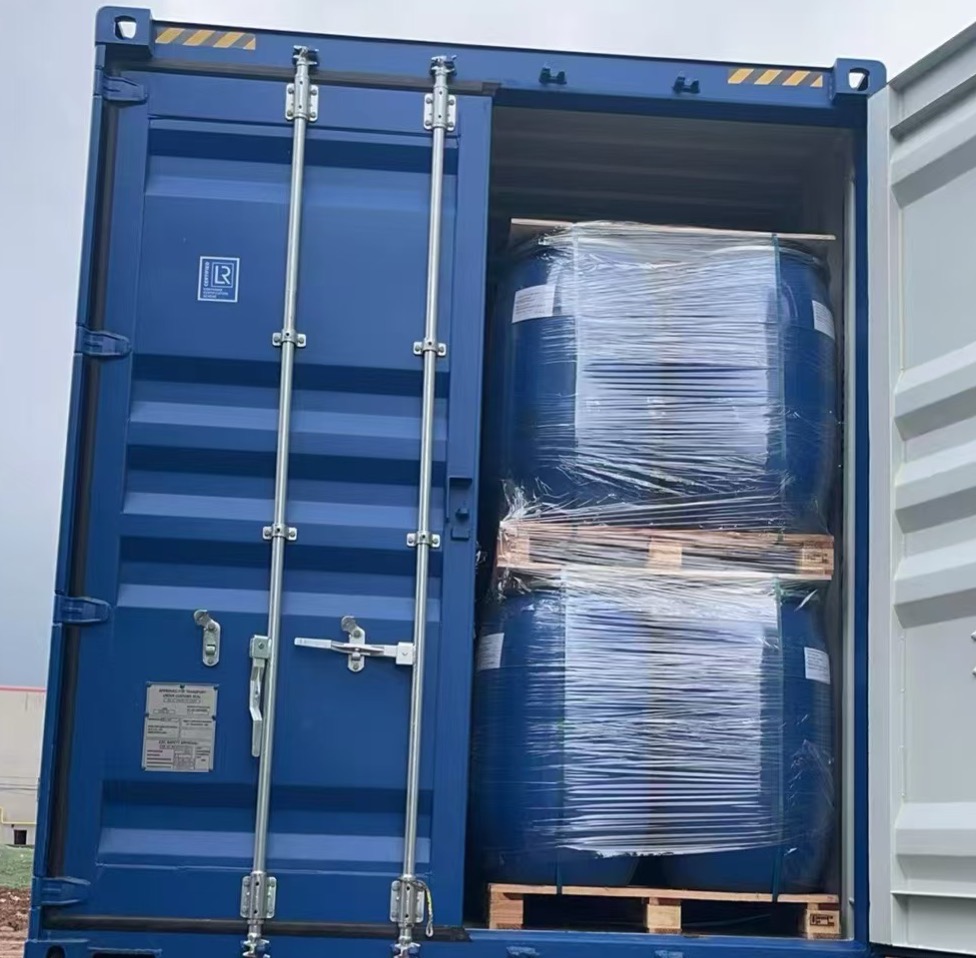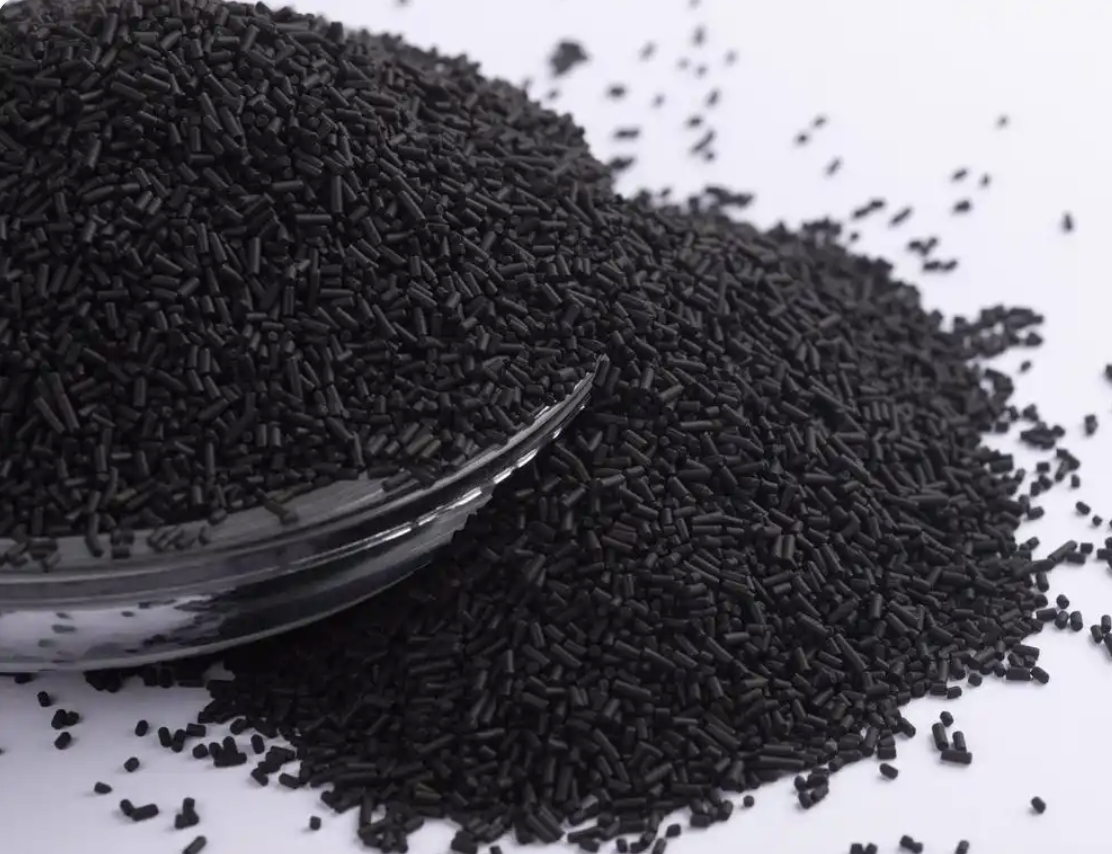The technical principles related to biogas separation membranes
Biogas, as an important renewable energy source, has received widespread attention globally. This article will comprehensively analyze the technical principles of biogas separation membranes, exploring the core principles, application advantages, and future development trends of this technology from multiple perspectives, aiming to provide valuable content for industry practitioners and related enterprises.
Overview of Biogas Separation Membrane Technology
The main components of biogas are methane (CH4) and carbon dioxide (CO2), along with small amounts of nitrogen, hydrogen, hydrogen sulfide, and water vapor. Pure methane can be used as a substitute for natural gas and is supplied to industrial and residential users through gas pipelines. How to efficiently and economically separate methane from biogas is a key technical aspect in the utilization of biogas.
Biogas Separation Membrane Technology is a gas purification method based on membrane separation principles. Its core lies in using membrane materials with selective permeability, through which physical and chemical property differences cause the membrane to have different permeation rates for different gas components, thereby achieving gas separation and purification. This technology has developed rapidly due to its simple structure, low energy consumption, modular design, and ease of integration, making it an effective alternative to traditional methods such as condensation, adsorption, and chemical absorption.
Exploration of the Principles of Biogas Separation Membranes
Membrane separation technology utilizes the selective permeation process of membrane materials, which is mainly influenced by factors such as the size of gas molecules, solubility, and diffusion rate. It can be summarized into three mechanisms:
1. Size sieving: Some membrane materials have fixed pore diameters, allowing only small molecules to pass through and blocking larger molecules.
2. Dissolution diffusion mechanism: Gases first dissolve in the membrane material and then diffuse through the membrane layer. Different gases have different solubility and diffusion rates, resulting in selective separation.
3. Surface diffusion mechanism: Gas molecules diffuse along the membrane surface, which is applicable to certain specific membrane materials.
For the separation of CO2 and methane in biogas, commonly used membrane materials are polymer membranes, such as polyamide and polyethersulfone, which have good selectivity for methane and carbon dioxide. Methane molecules are larger but have a high solubility constant for these polymers, resulting in a relatively low permeation rate, while CO2 molecules are smaller and have a higher diffusion rate in the membrane, allowing CO2 to preferentially pass through the membrane, separating out the gas rich in methane.
The design of the membrane structure is also important. Multi-layer composite membrane structures can effectively balance permeability and selectivity, improving the overall separation effect.
Composition and Process of Biogas Separation Membrane System
A typical biogas separation membrane system mainly consists of a pre-treatment unit, a membrane separation module, and a post-treatment unit:
1. Pre-treatment unit: Used to remove moisture, hydrogen sulfide, and particulates from biogas. Moisture and hydrogen sulfide are corrosive to membrane materials, affecting membrane performance and lifespan, and this step is indispensable.
2. Membrane separation module: The core part, where gas is pressurized and sent to the membrane module, where high-selectivity membranes achieve the permeation of CO2 and other non-methane gases, leaving the high-concentration methane side gas.
3. Post-treatment unit: For the separated pure methane, it undergoes purification and pressurization to meet the standards for gas pipeline connection.
To ensure the long-term stable operation of the system, the membrane system also needs to be equipped with automatic monitoring and maintenance equipment, such as filter cleaning devices, compressors, and control systems.
Technical Advantages and Market Prospects
Compared with traditional biogas purification technologies, membrane separation technology has the following advantages:
1. Energy conservation and environmental protection: Membrane separation does not require chemical reagents, avoiding secondary pollution, and has significantly lower energy consumption than adsorption and cryogenic separation.
2. Compact equipment: Modular design facilitates rapid on-site installation and expansion.
3. Simple operation: High automation, easy maintenance and management.
4. Good economic performance: The initial investment is moderate, and the operating cost is low, making it suitable for large-scale promotion.
With the country’s emphasis on the carbon neutrality goal, biogas, as a green energy source, is widely promoted. In this context, the market demand for separation membrane technology is continuously expanding. According to the “New Energy Gas Market Analysis Report” released by China Energy Network in 2023, the domestic biogas industry has entered a period of rapid growth. The demand for efficient gas separation equipment will grow at an average annual rate of over 20% in the next five years.
Product Application Case Analysis
Future Development Direction and Technical Challenges
The biogas separation membrane technology has achieved remarkable results, but still faces some technical challenges:
1. Physical and chemical stability of membrane materials: Enhance the ability to resist corrosive gases such as hydrogen sulfide, and extend the membrane lifespan.
2. The contradiction between selectivity and permeability: The permeability and selectivity of membranes usually cannot be balanced, and future breakthroughs are needed to overcome the limitations of material performance.
3. Membrane contamination and scaling problems: Optimize the pretreatment system and membrane cleaning technology to reduce the frequency of equipment maintenance.
4. System integration and intelligent level: Improve the automatic detection and dynamic adjustment capabilities to achieve intelligent management throughout the process.
With policy support and market demand driving, the research and development of membrane technology is bound to accelerate. The biogas separation membrane technology, as a key link in the new energy industry, has advantages such as high efficiency, energy saving, environmental protection, and flexible application. For enterprises and users concerned about new energy development, choosing reliable membrane separation membrane solutions not only can improve resource utilization efficiency, but also can respond to the green and low-carbon development trend, achieving a win-win situation of economic benefits and social benefits.
In the future, with the continuous improvement of membrane material performance and the advancement of system intelligence, the biogas separation membrane technology will play a more important role in the new energy field.


